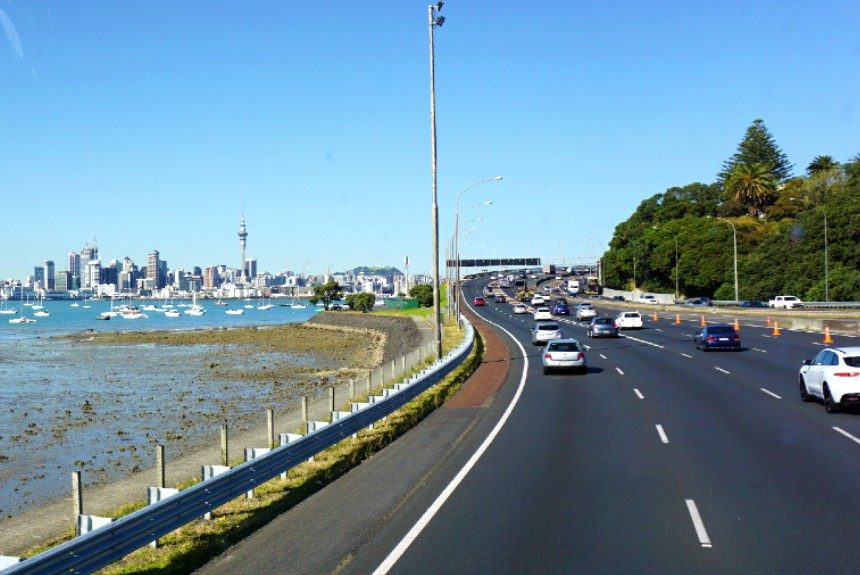The global calls to reduce carbon emissions require that all sectors participate in the efforts to do just that -whether through energy transitions, becoming energy efficient, or changes in how they use and produce energy.
The transport sector, particularly surface transport, is the third-highest contributor to global carbon dioxide emissions. The power sector is the top emitter, comprising the manufacturing industries and construction in second place (Share of Global, 2020).
Simon Kingham, a professor at the University of Canterbury, wrote a piece for Intouch, a fortnightly e-newsletter by the Institute of Public Works Engineering Australasia (IPWEA), “Does building and expanding motorways reduce congestion and emission, or does it increase it?”.
At first glance, the answer to the question seems obvious – yes, it can reduce congestion, and no, it does not mitigate emissions but may increase them. Based on observations from other cities, the answer may not be as straightforward as it looks.
Historically, building and expanding roads is seen to reduce congestion and supposedly lower emissions if drivers would maintain a driving speed of 80kmh, higher than this fuel-efficiency will begin to drop. With a speed limit of 100kmh in New Zealand highways, and a bit higher in some countries, people tend to drive above 80kmh, the article says.
Engineers assumed that cars or their drivers behave like water, if you have too much traffic you build or expand roads for vehicles to spread out, the article says. But as new roads are constructed, so does the number of cars that occupy these roads. “New roads capacity attracts new drivers,” the article says.
The New Zealand Transport Agency’s 2010 Economic Evaluation Manual reflects that “…generated traffic often fills a significant portion (50–90 per cent) of added urban roadway capacity.”
Building new roads also result in a city sprawl, cities have expanded as new road networks begin to appear. People are willing to drive up to an hour, and cities “grow to a diameter of one-hour travel time”, the article says.
So, going back to whether new roads reduce congestion, the answer would be a no, and if it will result in increased emissions, the answer is yes, the article says.
Increasing population and economic development create demands for new roads or expansion of existing ones.
A more critical question is how the transport and industry sectors will mitigate GHG emissions while responding to economic and social demands.
Solutions and options already exist -from decarbonising steel and cement production to transitions to clean energy to manufacturing and use of electric vehicles.
However, these answers are not as clear-cut as they seem. They would require the political will of elected government leaders, collective consumer initiative, market viability or feasibility, the cost of these transitions and who would be willing to pay for them.
To read the entire article, click on the link below:
Source
Share of global carbon dioxide (CO2) emissions from fossil fuels and cement as of 2020 by economic sector. (2020, October 5). Statista. Retrieved from https://www.statista.com/statistics/1129656/global-share-of-co2-emissions-from-fossil-fuel-and-cement/
Kingham, S. (2020, October 14). Does building and expanding motorways really reduce congestion and emissions, or does it increase it? IPWEA. Retrieved from https://www.ipwea.org/blogs/intouch/2020/10/14/climate-explained-does-building-and-expanding-moto



Leave a Reply